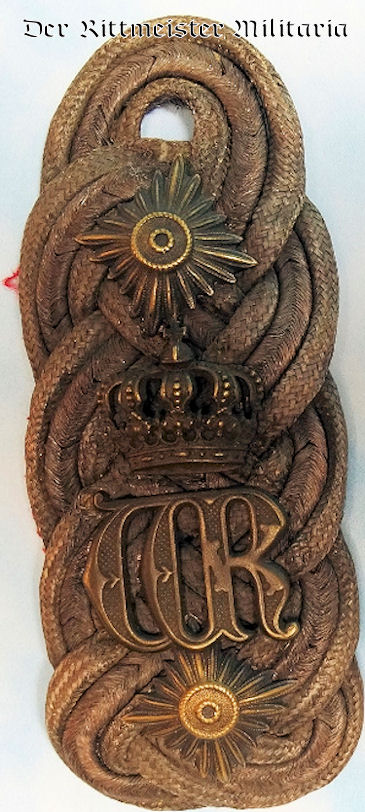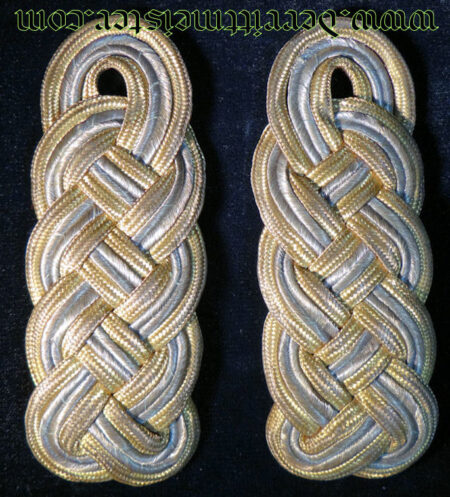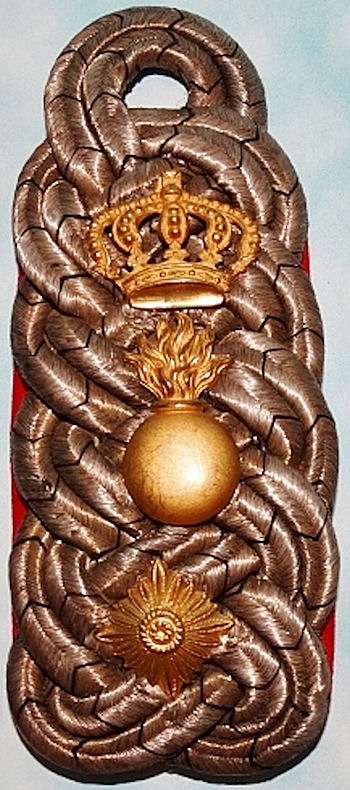Description
This is a single Prussian enlisted man/NCO’s Pionier-Battalion Nr 23 shoulder strap. Pioniere were the Imperial German Army’s engineers responsible for the building of roads, trenches, bridges, and etc. The 2. Westpreußisches Pionier-Battalion Nr 23 was founded in 1907. It was garrisoned at Graudenz and attached to Prussia’s XX. Armeekorps. As the regiment was founded in 1907, its brief history only extending into 1918. This particular shoulder strap was only in use for a few years, as feldgrau uniforms and shoulder straps were already being incorporated within the German Army shortly after the regiment was founded. I doubt if this shoulder strap style was used more than three years.
The shoulder strap is red in color. The regimental designation, “23,” is embroidered in yellow stitching on the red material. The strap’s backing is black. The strap is in very good condition, generally, but shows some minor soiling due to its more than hundred years of age. You can also see where the button that was once present has left an impression.




